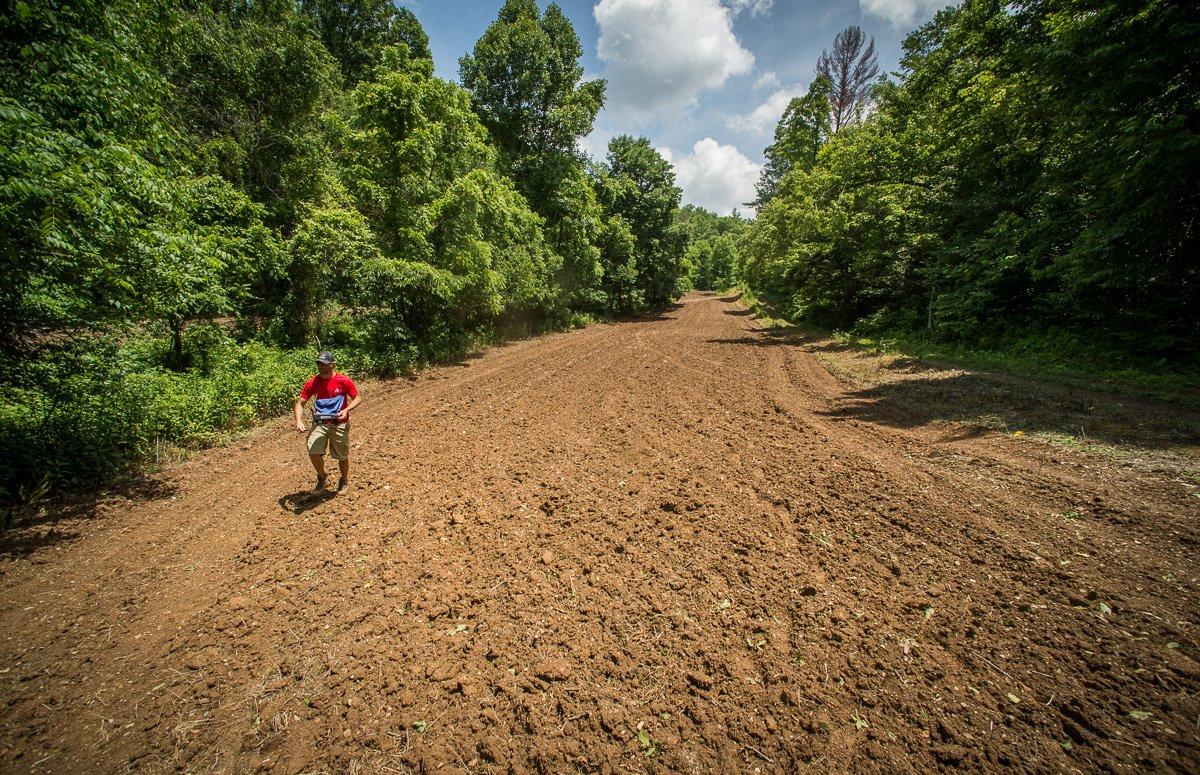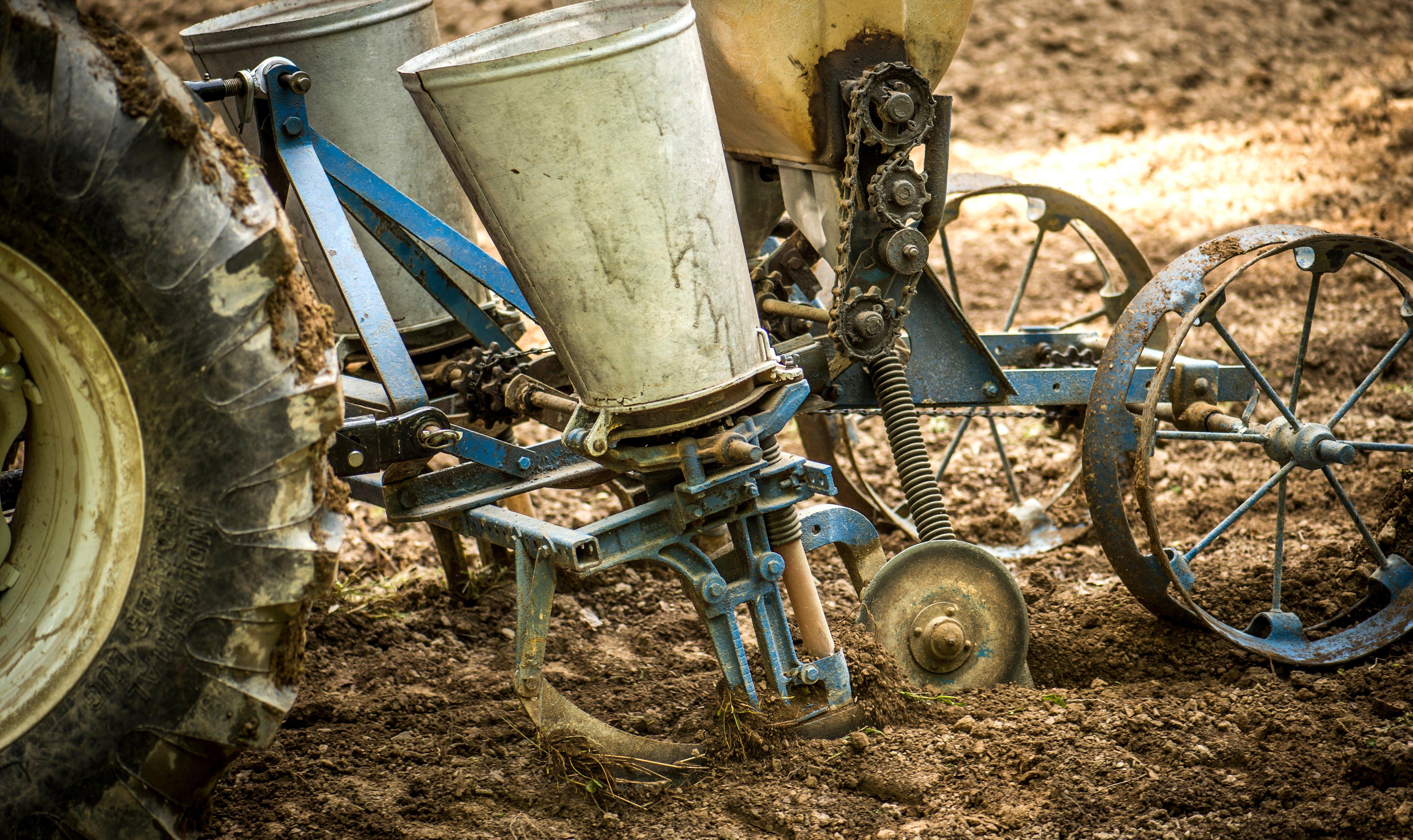Growing groceries for whitetails isn’t cheap. So, get the most from your hard-earned cash by choosing the best food-plot crops for your deer. Trust me, I’ve planted lots of plots, wasted more money than I care to admit, and learned that some species just aren’t worth the headache.
Naturally, some plant species are superior for their nutritional value to deer. But other factors such as seed availability, cost, soil conditions, cover creation and more should be considered. Let’s take a look at several species that aren’t always bad choices, but that are usually upstaged by better alternatives.
1. Rye Grass
This food plot plant – which is commonly confused with the superior cereal rye – is the worst plant in the history of food plot plants. While some similar and sub-varieties of rye grass contain slightly higher protein, most of the rye grass available at your local feed store is low in protein, carbohydrates and palatability. It’s also hard to get rid of once established. But a few people swear by this cool-season plant for its hardiness, and so it remains.
Plant Instead: Cereal rye is an attractive food source in fall and winter. It only offers 15% crude protein, but it’s high in carbohydrates, which deer need during colder months.
2. Berseem Clover
Do you live and hunt in colder climates? Don’t plant Berseem clover. This non-native, annual legume is susceptible to frost, long cold snaps, and isn’t suitable for most of the whitetail’s range. Yet, it struggles in sandy soils, too, which are common down south, where the climate is friendlier. Deer do love it, though, so where this species will grow, it’s highly susceptible to overbrowsing. The biologically-modified Bigbee Berseem clover is slightly hardier, a stronger reseeder, and should be valued over the standard variety.
Plant Instead: Bigbee Berseem, Ladino, white and red clover all offer better nutrition, temperature tolerance, disease resistance, and overall hardiness while remaining less susceptible to overbrowsing.
3. Alyce Clover
Hunters often think this seed is part of the clover family, and understandably so. But this non-native, annual legume isn’t a true clover. While high-density deer herds will pick at it, and it does offer about 15% protein, it has downfalls. In a Tennessee QDMA study, low-density deer herds consumed less than 5% of the available Alyce clover forage, meaning they chose more desirable options. Also, this plant doesn’t tolerate wet soils, and it’s adapted mostly to sandy and clay soils found predominantly in southern states.
Plant Instead: Cowpeas have protein percentages (in the high 20s and low 30s). That’s double what Alyce clover has to offer. Plus, this variety is easier to grow and keep alive.
4. Buckwheat
Folks often confuse this crop with traditional wheat, though it’s actually not a grain species. It’s a forb. While its protein content can surpass 20%, buckwheat goes to seed and dies quickly, and won’t produce quality forage as long as alternative crops.
Plant Instead: Similar to cowpeas, give iron clay peas a try instead. This is an excellent option that offers high protein and good yields. Planted in large enough quantities to prevent overbrowsing, it’s fairly easy to have successful stands.
5. Sunflowers
While deer hit sunflowers hard during summer, these plots will be worked over well before the season opens, making them a poor choice for hunting plots. Other crops provide the same (or better) nutritional value, and they last longer, too.
Plant Instead: I’ve had better luck planting lablab and chicory. They’re both high in protein at 25 to 30%. Plus, lablab produces nearly eight tons of dry forage per acre, and chicory works extremely well in seed blends, if that’s your thing.
Bonus: Beans, Corn and Wheat
Yes, I’m throwing shade on America’s three most popular deer foods, but don’t bounce just because corn, soybeans and wheat made the list. Hear me out.
If these crops aren’t abundant in your area, definitely consider planting them in food plots. While corn isn’t high in protein (only 8 to 10%), it is high in carbohydrates and fat. Soybeans are arguably the king of deer feed. These offer 25 to 30% protein, a high carb count, and even provide two stages of food sources: green forage and dry grain. Wheat is extremely attractive in late fall and winter, and produces 18 to 20% protein and better-than-average carbohydrate levels, which support deer during the coldest months.
That said, these plants are the most abundant grain crops in America. Deer already have a lot of access to these. When planting food plots, you want to provide diversity – that is, forage that deer aren’t getting on surrounding acreages. You wouldn’t plant two acres of corn next to 200 acres of it, right? So if you’re hunting ag country, I promise there are better options than what’s already planted around you.
Plant Instead: If corn was originally in your sights, try winter peas or grain sorghum. The former is a great late-season food source with up to 30% protein, while the latter offers great food and bedding cover – much the same as standing corn.
If you wanted a beautiful soybean plot, try turnips, radishes or beets. Similar to soybeans, these three alternatives provide two stages of forage: high-protein green leaves, then high-carb bulbs. Part of the brassica family, their only downfall is that their attractiveness to deer relies on high glucose levels (up to 20% sucrose), which are triggered only by low temperatures. This makes turnips, radishes and beets poor options in warmer climates.
Finally, if wheat is abundant in your area, try canola instead. Just like wheat, it’s most attractive during the late season, but it’s rare in most parts of the United States and offers deer a slightly different menu option.
Remember: Planting food plots is about increasing available food sources, supplying nutrition, increasing hunting opportunities and providing access to high-protein and high-carb foods that deer might not receive otherwise.
Don’t Miss: The 10 Commandments of Food Plots
Check out more stories, videos and educational how-to’s on land management.
Follow us on Facebook.











